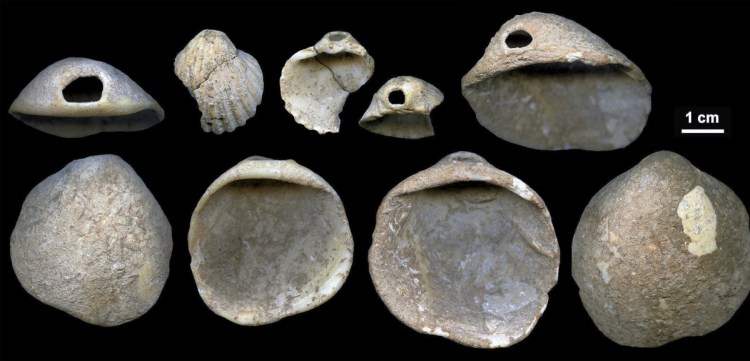NEW YORK — From the murky depths of Spanish caves comes a surprising insight: Neanderthals created art.
That’s been proposed before, but experts say two new studies finally give convincing evidence that our evolutionary cousins had the brainpower to make artistic works and use symbols.
The key finding: New age estimates that show paintings on cave walls and decorated seashells in Spain were created long before our species entered Europe. So there’s no way Homo sapiens could have made them or influenced Neanderthals to merely copy their artwork.
Until now, most scientists thought all cave paintings were the work of our species. But the new work concludes that some previously known paintings – an array of lines, some disks and the outline of a hand – were rendered about 20,000 years before H. sapiens moved into Europe.
That’s a surprise that “constitutes a major breakthrough in the field of human evolution studies,” said Wil Roebroeks of Leiden University in the Netherlands, an expert on Neanderthals who didn’t participate in the new work.
The second study provided evidence that Neanderthals used pigments and piercings to modify shells some 115,000 years ago, which is far earlier than similar artifacts are associated with H. sapiens anywhere. That shows Neanderthals “were quite capable of inventing the ornaments themselves,” said Paola Villa of the University of Colorado Museum in Boulder, who also didn’t participate in the new work.
Neanderthals lived in Europe and Asia before disappearing about 40,000 years ago, around the time H. sapiens moved into Europe from Africa.
Send questions/comments to the editors.


